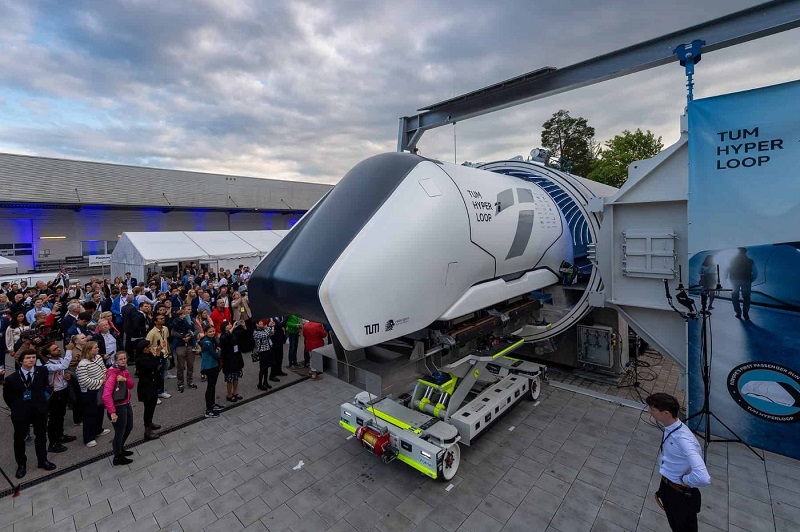Hyperloop: Revolutionizing Transportation in the 21st Century

As the 21st century unfolds, the Hyperloop stands at the forefront of transportation innovation, promising to revolutionize how we travel. This cutting-edge system, conceptualized as a network of near-vacuum tubes in which pods can travel at incredibly high speeds, is more than just a technological marvel; it’s a vision of a future where distance and time barriers are significantly reduced.
The Mechanics of Hyperloop: Breaking the Barriers of Speed
At the core of the Hyperloop concept is its ability to transport passengers and cargo at speeds previously unthinkable for ground transportation. The secret lies in its near-vacuum tubes, which significantly reduce air resistance, allowing pods to glide at over 700 miles per hour.
Safety and sustainability are as integral to the Hyperloop design as speed. Magnetic levitation technology, similar to that used in high-speed trains, ensures a smooth, frictionless journey, while solar panels along the route promise a greener footprint.
The Hyperloop’s proposed speed and efficiency have the potential to rival, if not surpass, air travel for certain distances, making it an enticing option for both commercial and private transportation sectors.
Global Impact: Transforming Economies and Societies
The implications of the Hyperloop extend far beyond mere transportation. Its implementation could reshape urban planning, shrink geographical divides, and create new economic opportunities.
The reduced travel times could lead to the emergence of intercity commuting, effectively expanding job markets and housing options. This could also alleviate congestion in major cities, as people opt for living in less densely populated areas.

Challenges and Future Prospects
Despite its promise, the Hyperloop faces significant challenges, including technological hurdles, regulatory approvals, and massive infrastructure costs. The journey from concept to reality is fraught with both technical and bureaucratic obstacles.
However, ongoing tests and developments across various countries continue to bring the Hyperloop closer to fruition. Each successful test represents a step towards a future where distances are no longer a barrier to human interaction and economic exchange.
Conclusion: The Journey Ahead
The Hyperloop, while still in its developmental stages, offers a glimpse into a future where travel is faster, cleaner, and more efficient. As we stand on the brink of this transport revolution, the potential for positive global change is immense.
As we move forward, the Hyperloop remains not just a symbol of technological advancement, but a beacon of hope for a more connected and accessible world. The journey of the Hyperloop, from a bold vision to an everyday reality, is a testament to human ingenuity and the relentless pursuit of progress.
